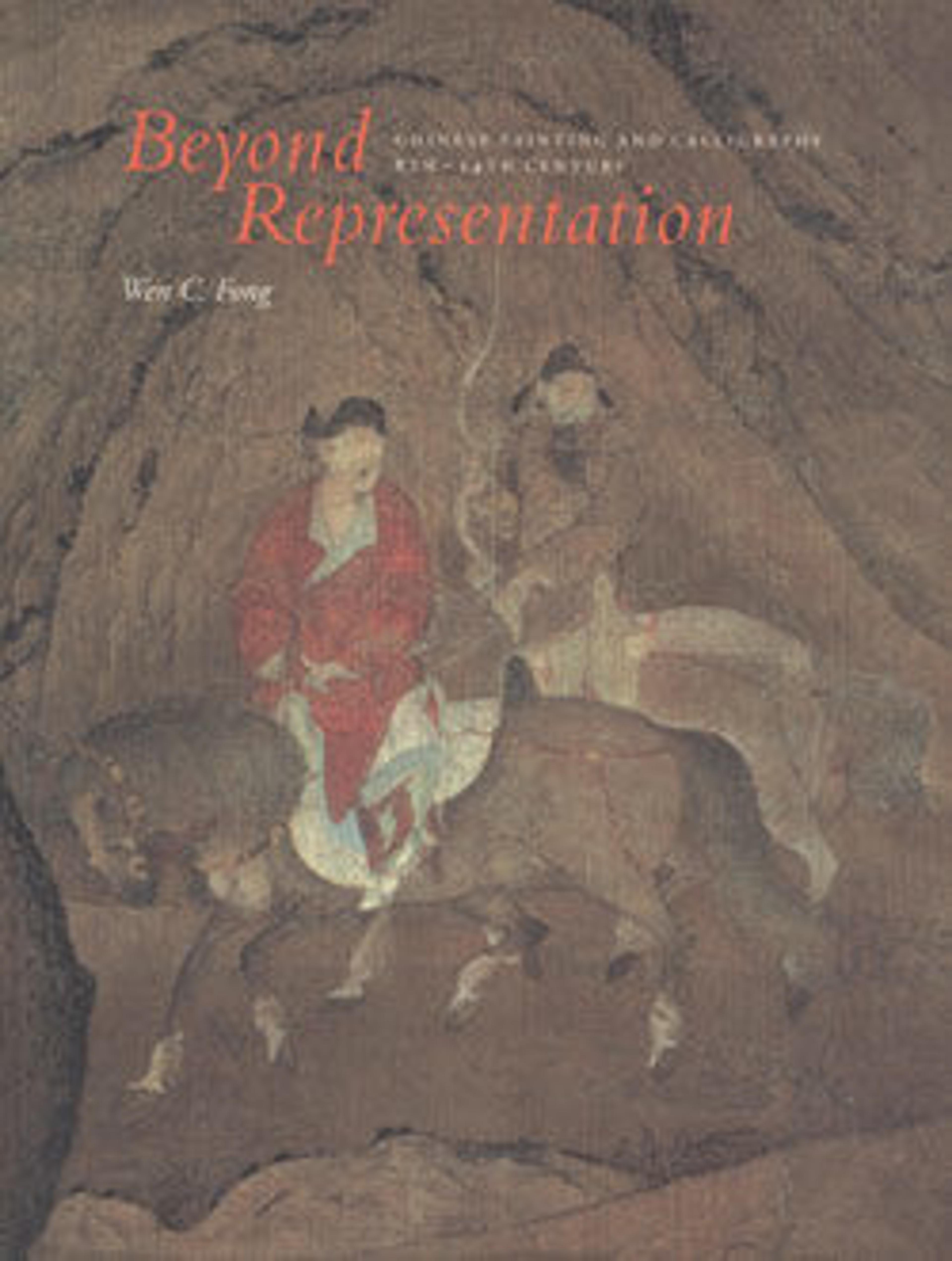Chan master riding a mule
Painted in a few swift brushstrokes and deftly applied ink washes, Chan Master Riding a Mule exemplifies the freely expressive manner of Chan (Zen, in Japanese) Buddhist painting, which relies less on descriptive detail than on the capturing of spiritual concentration within the artist to achieve a vivid depiction. Inscribed by the noted Chan master Wuzhun, to whom it traditionally has been attributed, the painting is probably the work of a contemporary Chan artist following the sketchy brush style of Liang Kai (active first half of the thirteenth century).
Wuzhun, well known for his wisdom as well as for his eccentric behavior, inscribed this painting while he was living at the Qingshansi, a Chan temple near Hangzhou, where he settled after he was rewarded by Emperor Lizong (r. 1225–1264) following an imperial audience. The rider's facial features-prominent forehead, mustache, and wispy beard-are not unlike those of Wuzhun himself, whose formal portrait, with an inscription by him dated 1238, is now in the Tofuku-ji temple in Kyoto. His laconic inscription may also be a self-deprecatory reference to himself:
As rain darkens the mountain,
One mistakes a mule for a horse.
Wuzhun, well known for his wisdom as well as for his eccentric behavior, inscribed this painting while he was living at the Qingshansi, a Chan temple near Hangzhou, where he settled after he was rewarded by Emperor Lizong (r. 1225–1264) following an imperial audience. The rider's facial features-prominent forehead, mustache, and wispy beard-are not unlike those of Wuzhun himself, whose formal portrait, with an inscription by him dated 1238, is now in the Tofuku-ji temple in Kyoto. His laconic inscription may also be a self-deprecatory reference to himself:
As rain darkens the mountain,
One mistakes a mule for a horse.
Artwork Details
- 南宋 佚名 騎驢圖 無準師範題贊 軸
- Title: Chan master riding a mule
- Artist: Unidentified artist Chinese, active mid-13th century
- Period: Southern Song dynasty (1127–1279)
- Date: before 1249
- Culture: China
- Medium: Hanging scroll; ink on paper
- Dimensions: Image: 25 1/4 in. × 13 in. (64.1 × 33 cm)
Overall with mounting: 58 1/4 × 13 1/2 in. (148 × 34.3 cm)
Overall with knobs: 58 1/4 × 15 1/4 in. (148 × 38.7 cm) - Classification: Paintings
- Credit Line: Bequest of John M. Crawford Jr., 1988
- Object Number: 1989.363.24
- Curatorial Department: Asian Art
More Artwork
Research Resources
The Met provides unparalleled resources for research and welcomes an international community of students and scholars. The Met's Open Access API is where creators and researchers can connect to the The Met collection. Open Access data and public domain images are available for unrestricted commercial and noncommercial use without permission or fee.
To request images under copyright and other restrictions, please use this Image Request form.
Feedback
We continue to research and examine historical and cultural context for objects in The Met collection. If you have comments or questions about this object record, please complete and submit this form. The Museum looks forward to receiving your comments.
